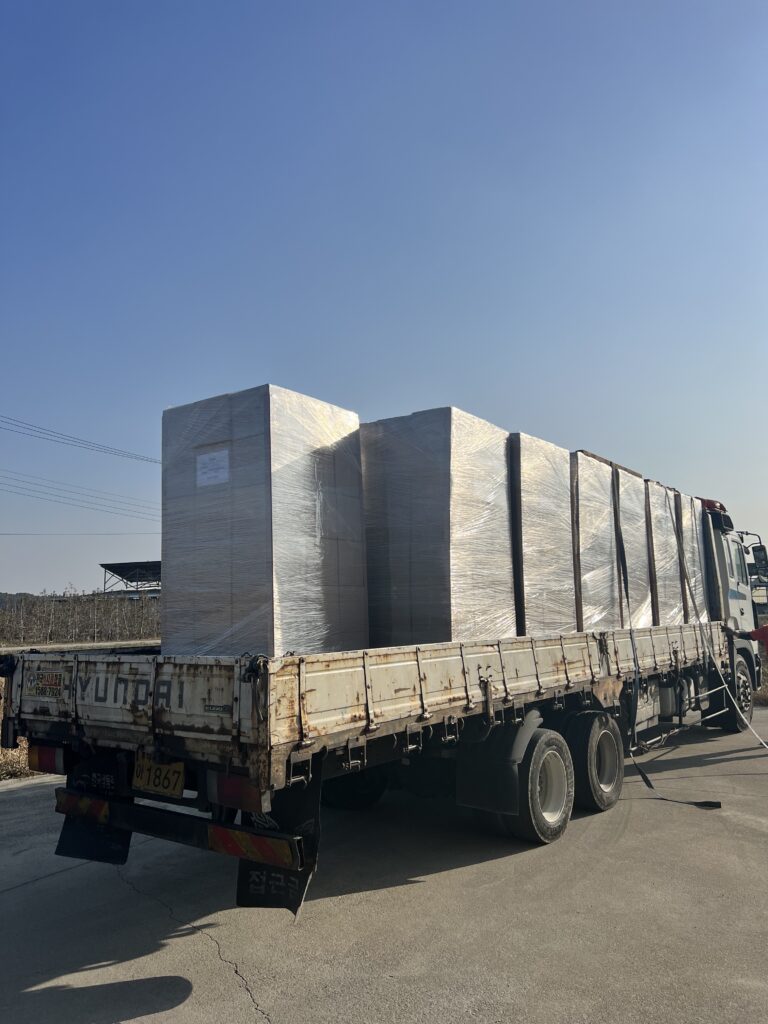워드프레스는 훌륭합니다.
워드프레스는 돈이 됩니다.
워드프레스는 글로벌합니다.
- 한국
- 미국
- 일본
- 중국

Traditional Korean Culture
1. Hanbok The Hanbok is the traditional Korean attire, known for its vibrant colors and simple lines without pockets. It is typically worn during festivals, celebrations, and special occasions. The design of Hanbok reflects Korean aesthetics and philosophies, emphasizing natural beauty and harmony.
2. Confucianism Confucianism has deeply influenced Korean society, shaping its values and customs. Respect for elders, filial piety, and the importance of family are core tenets that continue to permeate daily life. Many traditional ceremonies and rituals, such as Jesa (ancestral rites), are rooted in Confucian principles.
3. Traditional Music and Dance Korean traditional music, or Gugak, includes genres like Pansori (a form of musical storytelling), Sanjo (instrumental solo performance), and Nongak (farmers’ music). Traditional dance forms, such as the elegant Fan Dance and the dynamic Taepyeongmu, express Korea’s cultural identity and historical narratives.
Korea, with its 5,000-year history, boasts a rich and diverse cultural heritage. Traditional Korean culture is characterized by its unique customs, arts, and social norms, many of which are still preserved and practiced today.
4. Korean Cuisine Korean food, known for its variety and balance, includes staples like Kimchi (fermented vegetables), Bulgogi (marinated beef), and Bibimbap (mixed rice with vegetables). The cuisine emphasizes harmony of flavors and the health benefits of natural ingredients.
5. Traditional Housing Hanok is the traditional Korean house, designed to harmonize with the surrounding environment. These houses feature ondol (underfloor heating) and are built with natural materials such as wood, clay, and stone. Hanok architecture reflects Korean values of simplicity, functionality, and communion with nature.
6. Festivals and Celebrations Korea celebrates numerous traditional festivals, such as Seollal (Lunar New Year) and Chuseok (Harvest Festival), which are times for family gatherings, traditional games, and ancestral rites. These festivals highlight the communal spirit and cultural continuity.
7. Traditional Crafts Korean traditional crafts, including pottery, paper-making (Hanji), and metalworking, showcase exquisite craftsmanship and artistic expression. Celadon pottery, with its distinctive jade-green glaze, is particularly renowned.
In summary, traditional Korean culture is a tapestry of artistic expression, social customs, and philosophical influences. It continues to be a vital part of Korean identity, offering insight into the nation’s history and values.
워드프레스에 오신 것을 환영합니다. 이것은 첫 글입니다. 바로 편집하거나 삭제한 다음 쓰기 시작하세요!